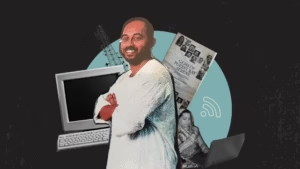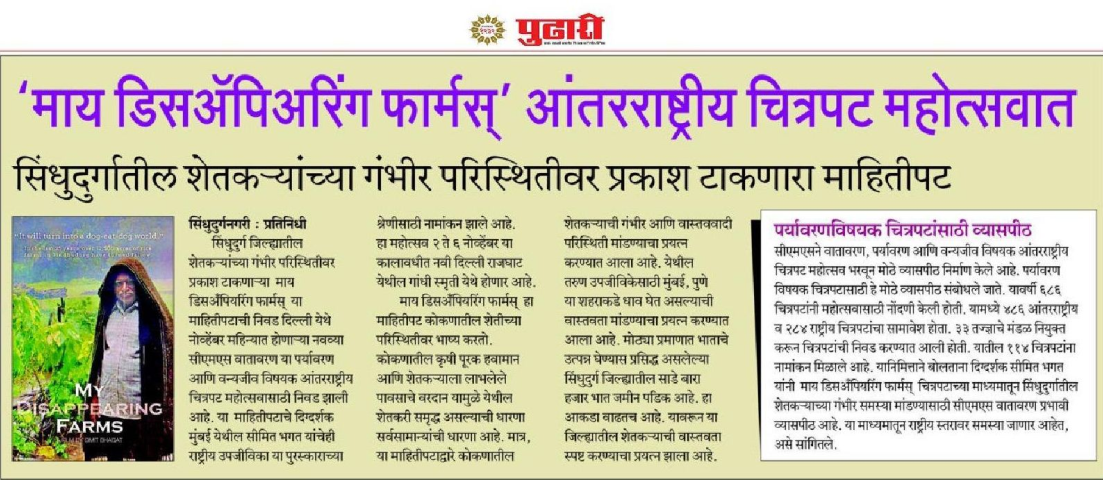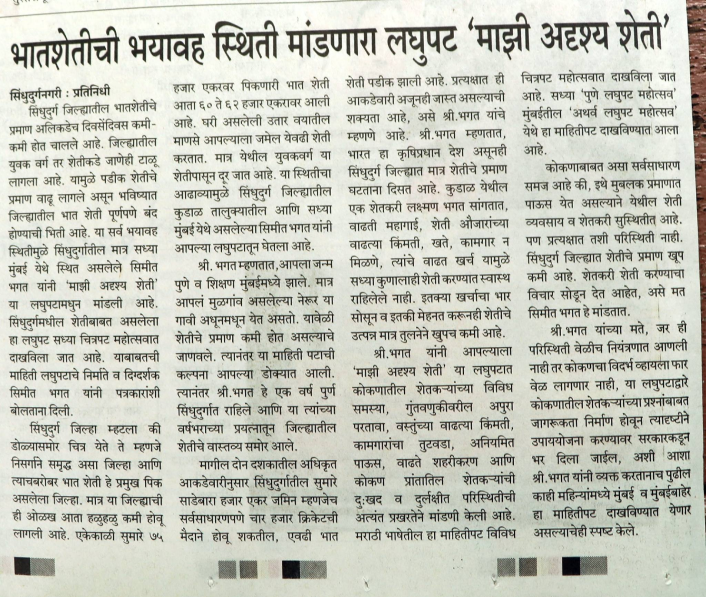On a grey, rainy Monday morning, Priya sat with her coffee and opened her inbox. Among all the usual work emails, one subject line made her stop for a moment. It was from a non-profit she had donated to last year. The subject line read, “You helped Kavita return to school.” Curious, she clicked.
Inside was a simple newsletter, nothing flashy, but it told a story. Kavita, a 10-year-old from rural Maharashtra, had dropped out during the pandemic. Thanks to donors like Priya, she is now back in school. The email ended with a picture of Kavita beaming at her desk.
That was all it took.
Priya not only donated again, but she also forwarded the newsletter to three friends. One newsletter. One story. That’s the quiet power of careful communication.
One honest story can move someone to act, but what keeps them with you long after the email is closed? Newsletters can build trust and keep donors close, yet their real impact comes from how they are shaped and shared.
Now let’s look at how design and honest storytelling can make your mission feel alive on the page.
What Makes a Newsletter Truly Memorable?
1. Storytelling Builds Emotional Connection
People rarely remember raw statistics, they remember small moments. Stories also create a sense of closeness. They help readers feel like they are part of something deeply human. Done well, they quietly build trust. Some non-profits turn their newsletters into powerful storytelling tools, not by being flashy, but by being human.
People don’t remember statistics; they remember moments.
Take Edesia, for example. One newsletter begins with a photo of a girl cradled in her grandmother’s lap. She is recovering from acute malnutrition in a rural part of Sudan. The tone is soft, letter-like, and grounded in detail.
We learn how Edesia’s team delivered life-saving nutrition through supply trucks that travelled for days. Moreover, the email links to a short video. No corporate polish, just quiet, deliberate field footage.
You meet the people and see the dust. You feel the care behind every mile. The email ends with a line that feels personal: “Here’s what we did. Here’s what we’re doing next.”
Furthermore, Edesia recently received a $137 million gift from the Bezos Family Foundation. While many other factors contributed, their consistent, heartfelt storytelling reflects a deep trust in their mission.
2. Simplicity, Structure and Voice Matter
Design matters. Cluttered newsletters are confusing. Clean, thoughtful layouts invite. Moreover, clarity helps readers absorb your story without effort. And voice matters just as much, warm, familiar, and honest.
Smile Foundation’s newsletter section on their website is structured like a digital library. Latest issues appear upfront. Past ones are organised by theme, education, healthcare, women’s dignity, disaster response. You can read a short snippet or click Read More to dive deeper, depending on how much time you have.
Design matters. Cluttered newsletters confuse. Clean layouts feel inviting.
One issue follows Afroz’s story. She moved from Bihar to Noida, seeking work, dignity and safety for her family. She speaks plainly, without filters in the piece. Her voice is simple and steady, carrying the story. Every visual has a purpose. Headlines stand out, but never shout. Nothing feels overwhelming. This kind of storytelling builds trust and deepens donor connection.
3. Consistency Builds Trust and Opens Possibility
A newsletter is not only for updates, it also builds trust. When emails arrive regularly, people start to feel that you are active, open and willing to be accountable. You’re not just asking, you’re sharing, even when there’s no campaign.
CARE’s newsletter titled “What an amazing year!” opens with a striking image, a young child smiling beside a water pump, radiating joy and relief. The design is fresh and inviting, lifted by soft colours and a tone filled with gratitude.
As you scroll down, the impact unfolds gently. You learn that 2.1 million people were assisted, 13 emergencies were responded to, and programmes ran across 28 countries. Yet none of this feels exaggerated or boastful. The message feels like a warm thank you note, honest, reflective and gently humble.
Even the call to action stays soft and respectful, almost like a small nudge that says, “Here’s what we’re doing next, join us if you’d like.”
What Goes Inside
A great newsletter needs balance. It should move the heart but also drive action. Here’s a simple content mix that works:
- Impact stories: One real story per email works best. Keep it short and emotional.
- Updates: Share milestones, new programmes, or upcoming events.
- Calls-to-action: Always guide the reader—donate, volunteer, register, or simply share the message.
Additionally, use clear and conversational language. Avoid jargon. And always keep the reader in mind, what would they care about?
Understanding the right content mix is essential, but sometimes, the best way to learn is by example.
Final Thoughts
Newsletters aren’t campaigns. They’re conversations. Moments of pause in the inbox.
Furthermore, they allow non-profits to lead with feeling, not formality. With story, not spin.
Priya didn’t share that email because of a stat. She did it because of Kavita.
And while we can’t pinpoint what drives every donation, one thing’s clear: organisations like Edesia, Smile Foundation, and CARE are growing. Their mix of storytelling, openness and regular outreach, especially through newsletters, helps their community stay close, stay informed and feel genuinely encouraged.
At Simit Bhagat Studios, we also put together a newsletter of our own, and we shape it with the same slow, careful attention that we give to our client work.
You are welcome to subscribe, and if it feels like it speaks to you, we would be glad to explore how we can build something meaningful together.











